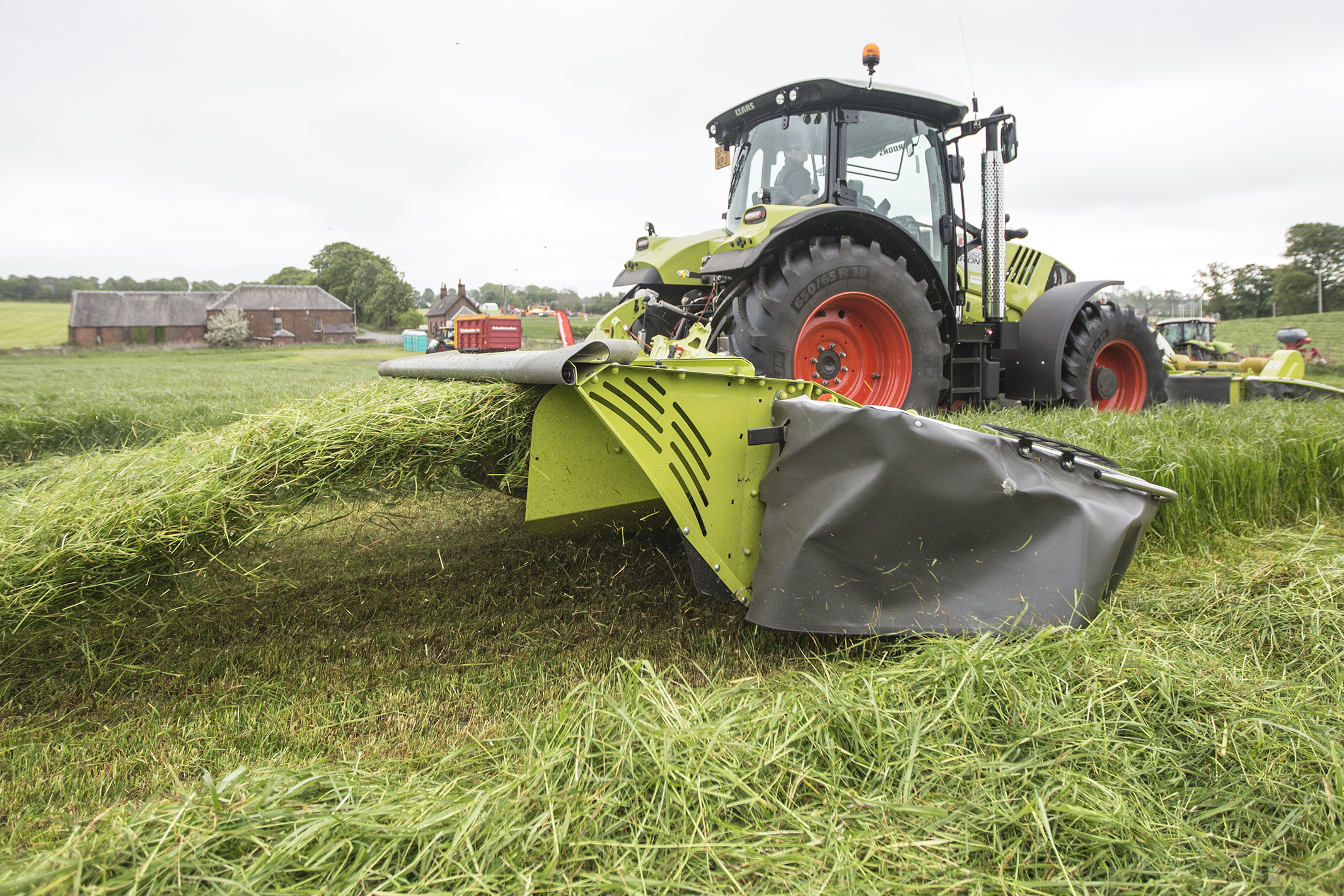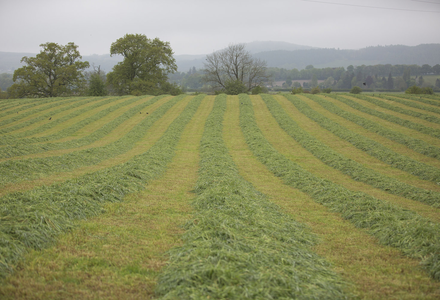Quick tips for late-cut grass silage
08 September 2020
As with the rest of the season, the focus should still be on maximising quality and minimising dry matter (DM) losses when making late-cut grass silage. So it’s still important to get things right. Maybe even more so, depending on your situation.

Even if you think you’ve got enough silage to last the winter, remember that many farms were forced into buffer feeding in spring 2020 because of a lack of grass growth for grazing, due to the drought.
If you found yourself in this situation, how useful would it have been to have had a few extra tonnes of quality silage conserved in the clamp from the previous harvest?
Here are some quick late-cut grass DOs and DON’Ts …
1. DON’T be tempted to ‘shave’ fields – i.e. cut them too low – for example if looking for extra bulk.
This is for several reasons:
- The lower part of the stem is less digestible – so has less nutritional value anyway.
- The bottom inch or so of the stem is where the plant stores nitrogen, which will buffer the fermentation, opening the door for DM and quality losses.
- Leaving a low stubble means the grass that’s been cut will be lying closer to the soil surface. This risks soil bacteria getting into the clamp and spoiling the fermentation (soil clostridial bacteria create a butyric rather than a desirable lactic acid fermentation). In contrast, a longer stubble that lifts grass off the soil helps air to circulate and can speed up wilting.
- If grass is cut below the bottom leaf node, it seriously impairs its ability to recover and regrow.
2. DO wilt to the correct %DM
- Later grass cuts may be lighter, but the days are getting shorter and cooler with heavy dews. So it can be more difficult to get up to the optimum 30% DM content unless it is windy. Speed up wilting times by tedding as soon as possible after cutting, and make sure you monitor DM content regularly.
3. DO chop to the correct length
- A shorter chop length (e.g. 2-2.5cm) not only helps consolidation – which is particularly important if %DM content is a bit high and there’s a risk of losses from silage heating in the presence of air (aerobic spoilage) – it also helps to release more sugars, which aids the fermentation.
4. DON’T neglect a quality additive
- Just because it’s late-cut grass doesn’t mean it is any less important. Even if feeding it to youngstock, they still need good silage too. As well as improving fermentation, treating with Ecosyl has been shown to half DM losses, conserve more true protein, improve digestibility and silage intakes and, ultimately, increase milk yield per cow per day. Remember, you only treat the number of tonnes you produce, so it’s no more expensive than using it on earlier cuts.
Find out more about using Ecosyl or head over to our order form today.
For more information on late-cut grass and making better maize silage, why not watch the recent webinar we took part in, Forage Webinar Practical Ideas.
